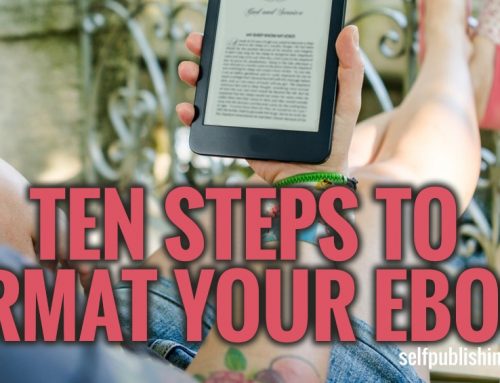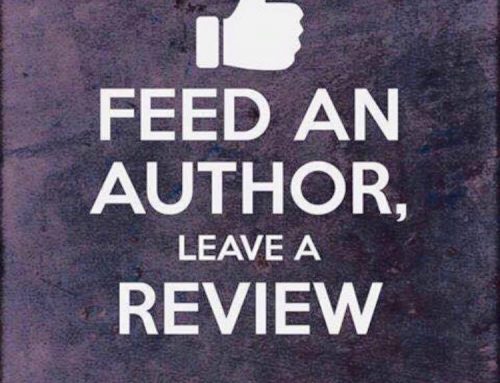![]() As a writer, it is so easy to get confused and lose focus with all the talk about getting a book self-published these days. There are so many self-publishing, options and formats and e-book readers, from Kindles to i-Phones. For a moment, take a step back—and focus. Forget about how you are going to self-publish or where people will read your book. Concentrate on WHAT people will read—and make sure, as a writer, you provide a good quality book. At AuthorAssist, we coach our writers to adhere to the basic principles required for a quality book—and we have narrowed it down to the following six basics.
As a writer, it is so easy to get confused and lose focus with all the talk about getting a book self-published these days. There are so many self-publishing, options and formats and e-book readers, from Kindles to i-Phones. For a moment, take a step back—and focus. Forget about how you are going to self-publish or where people will read your book. Concentrate on WHAT people will read—and make sure, as a writer, you provide a good quality book. At AuthorAssist, we coach our writers to adhere to the basic principles required for a quality book—and we have narrowed it down to the following six basics.
1. Know your genre and your audience. A self-published book is a commercial product that falls into a standard category—or genre. Your book most likely falls into one category or another–or a mixed genre category. Know your genre and know your readers’ expectations for that genre. If you are writing a science fiction novel, you are creating other-worlds in the future, the past, or somewhere else in time and space. Your readers expect to be swept away on a fantasy adventure as they have been in other science fiction novels. Not that you are writing a formulaic manuscript, but you are adhering to genre standards. You understand that readers approach a science-fiction novel differently than a mystery or a romance novel. You are aware that genre affects the setting, plot, the pace, and even the title of your book. It also affects your query letter and which literary agents and publishers you query. Subsequently, it affects how your book is marketed and distributed. Become an expert in your genre by read extensively, including the popular authors in your genre. You may even want to participate in book and writing groups associated with your genre. In doing so, you begin to build readership for your book.
2. Write what you know. Mark Twain certainly followed his own advice in writing about Hannibal, Missouri, his boyhood roots. What about your roots or areas of expertise? Capitalize on all of your unique experiences and the quirky people you have encountered. Perhaps you have kept notes or a journal to refresh your memory. Enhance and embellish your story with your personal observations. Be sure to create your special hook. Give your novel a unique voice or feature so it stands out and holds interest. Even in the early stages of writing, think ahead to the future descriptors of your book–the title, summary blurb. How will you write that descriptive material to grab readers’ attention?
3. Tell a good story. Be sure to hook in readers immediately by starting your novel with a bang. Develop those memorable characters readers love to love–or hate. Shake up your readers with some twists and turns to keep them guessing and turning pages. Be sure to avoid the mid-book sag by keeping up the pace throughout. Perhaps you will leave a loose thread—so that readers will want to read the sequel to your novel.
4. Have your work professionally edited. Whether you decide to traditionally publish or self-publish, to get your book published it must be in tip-top shape. You have spent hours, weeks, months, maybe years writing your novel. Now, you will want to take the time to have it professionally edited. A professionally edited manuscript shines because extraneous material has been deleted (as well as grammatical mistakes and typos) so the work flows with ease.
5. Give your novel a thought-provoking title. You will be surprised how challenging and creative titling your book can be. Share the fun by brainstorming with your friends and family. Or hold a contest or poll. Have a title already? Has it been used before? Is it currently being used? There is no copyright on a title, but be sure to do the research so you know the background of your title.
6. Create an eye-catching cover. Get acquainted with current book covers online at Amazon.com and check out the book covers in your genre. Take careful notice of the thumbnails—and whether or not they are discernible. The thumbnail is key since much of book selling is done online. Plus, you will want to use the design on your business card, as a bookmark, or in e-mail blasts. Work with a professional book designer to create the quality cover your book deserves. It is a lifelong reflection of your hard work.
Now, whenever you get confused by the mind-boggling hype of the self-publishing world, sit back, close your eyes, and picture your name on the cover of your awesome book. Keep the six basics in mind as you write. You are on your way to getting your book self-published.
Get an Editorial Review | Get Amazon Sales & Reviews | Get Edited | Publish Your Book | Enter the SPR Book Awards | Other Marketing Services






















Leave A Comment